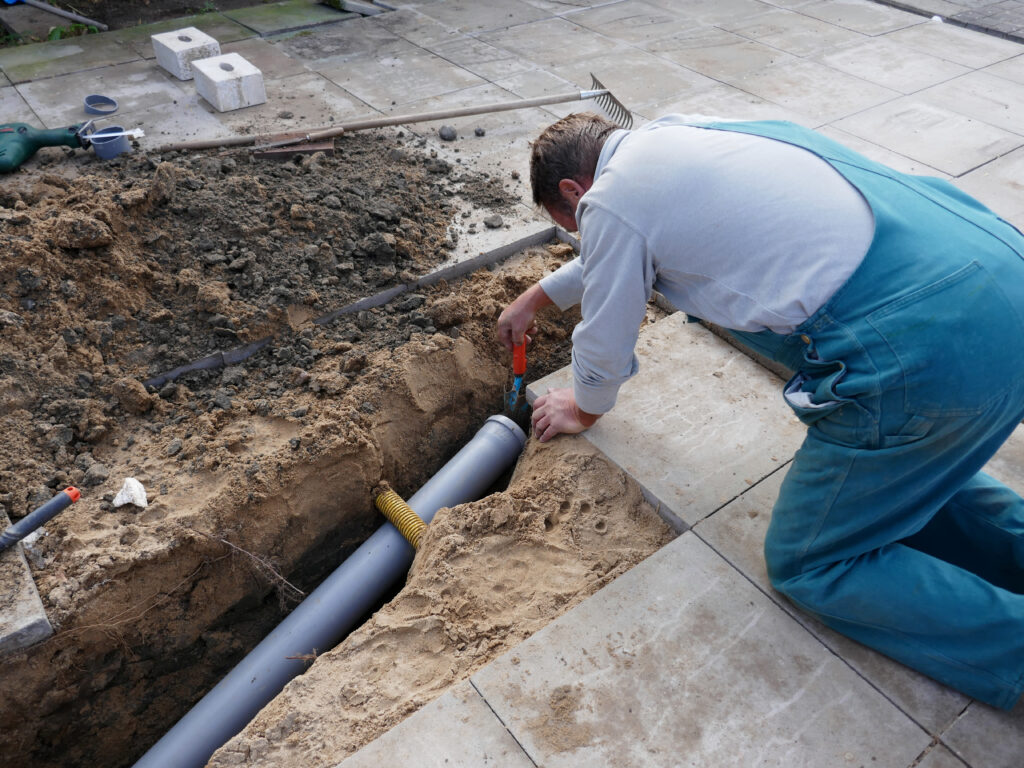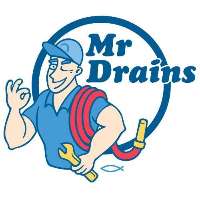
Sydney homeowners and businesses know the importance of maintaining functional
plumbing systems. Over time, pipes can deteriorate due to age, tree root intrusion, or shifting
soil, leading to leaks, blockages, and other costly issues. Fortunately, pipe relining has
emerged as a modern, efficient, and less invasive solution for repairing damaged pipes. Let’s
delve into how pipe relining works and what the process entails.
What is Pipe Relining?
Pipe relining is an innovative method of repairing damaged or deteriorated pipes without the
need for extensive excavation. Instead of replacing the entire pipe, the relining process
creates a new, durable pipe within the existing one. This trenchless technology is particularly
advantageous for Sydney’s urban areas, where digging up pipes can disrupt landscaping,
driveways, and structures.
The Pipe Relining Process
Here’s a step-by-step overview of how pipe relining works:
- Inspection and Assessment
The process begins with a thorough inspection of the damaged pipe. A plumber uses a high-
resolution CCTV camera to navigate through the pipe system, identifying the extent of the
damage, blockages, or intrusions. This step is crucial for determining whether pipe relining is
the most suitable solution. - Cleaning the Pipe
Once the damage is assessed, the pipe must be thoroughly cleaned. High-pressure water
jetting is typically used to remove debris, blockages, and tree roots. A clean pipe ensures the
relining material adheres properly and forms a durable bond. - Measuring and Preparing the Liner
A liner made of flexible, resin-coated material is cut to the appropriate length. The liner is
prepared with a specialised epoxy resin, which will harden to form a new pipe. The resin is
carefully chosen based on the pipe’s location and the type of damage. - Inserting the Liner
The prepared liner is inserted into the damaged pipe using specialised equipment. It is
positioned precisely to cover the damaged sections. Once in place, an inflatable bladder is
used to press the liner against the interior walls of the existing pipe. - Curing the Liner
With the liner in position, the resin is cured (hardened) to create a strong, seamless pipe
within the old one. Depending on the resin used, curing may involve ambient air, hot water,
or UV light. The curing process typically takes a few hours. - Final Inspection
After the curing process, the bladder is removed, and the new pipe is inspected using a CCTV
camera to ensure it is properly sealed and free of defects. The result is a smooth, durable, and
corrosion-resistant pipe ready for years of use.
Advantages of Pipe Relining
Pipe relining offers several benefits over traditional pipe repair methods:
– Minimal Disruption: No need for extensive digging, making it ideal for preserving
landscaping and structures.
– Cost-Effective: Reduces labour and restoration costs associated with excavation.
– Durability: The new pipe is resistant to corrosion, tree root intrusion, and general
wear and tear.
– Time-Efficient: Most pipe relining jobs can be completed within a day.
Is Pipe Relining Right for You?
If you’re experiencing recurring plumbing issues or suspect damaged pipes on your Sydney
property, pipe relining could be the perfect solution. It’s suitable for both residential and
commercial properties, offering a long-lasting fix with minimal inconvenience.
Pipe relining is revolutionising the way damaged pipes are repaired. With its non-invasive
nature and long-lasting results, it’s no wonder Sydney residents are increasingly opting for
this modern solution. If you need pipe relining services, reach out to a trusted local plumbing
professional to assess your situation and get your pipes back in top shape.
Book Now for your inspection with Mr Drains.
Disclaimer: This blog post is intended for general information purposes only and does not constitute professional advice. Always consult with a qualified plumber for specific advice regarding your gas and hot water system.
